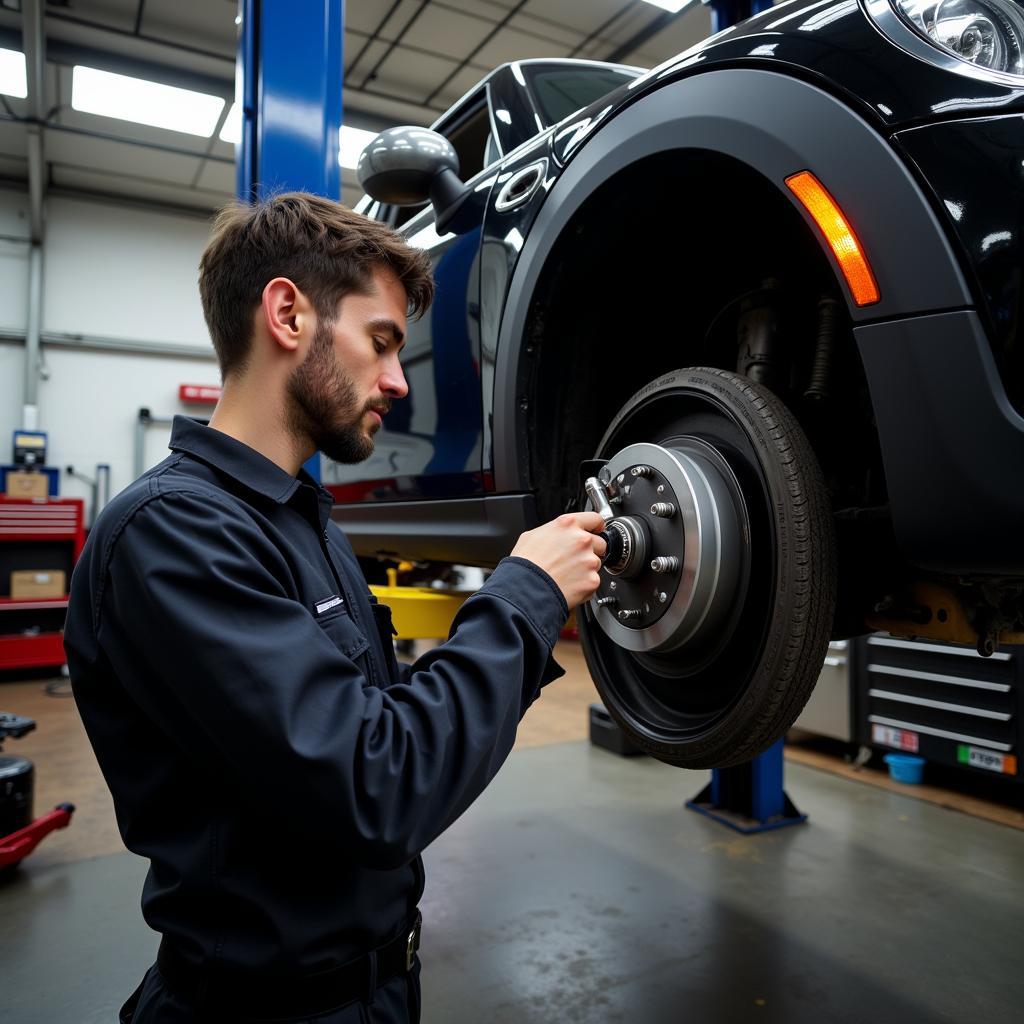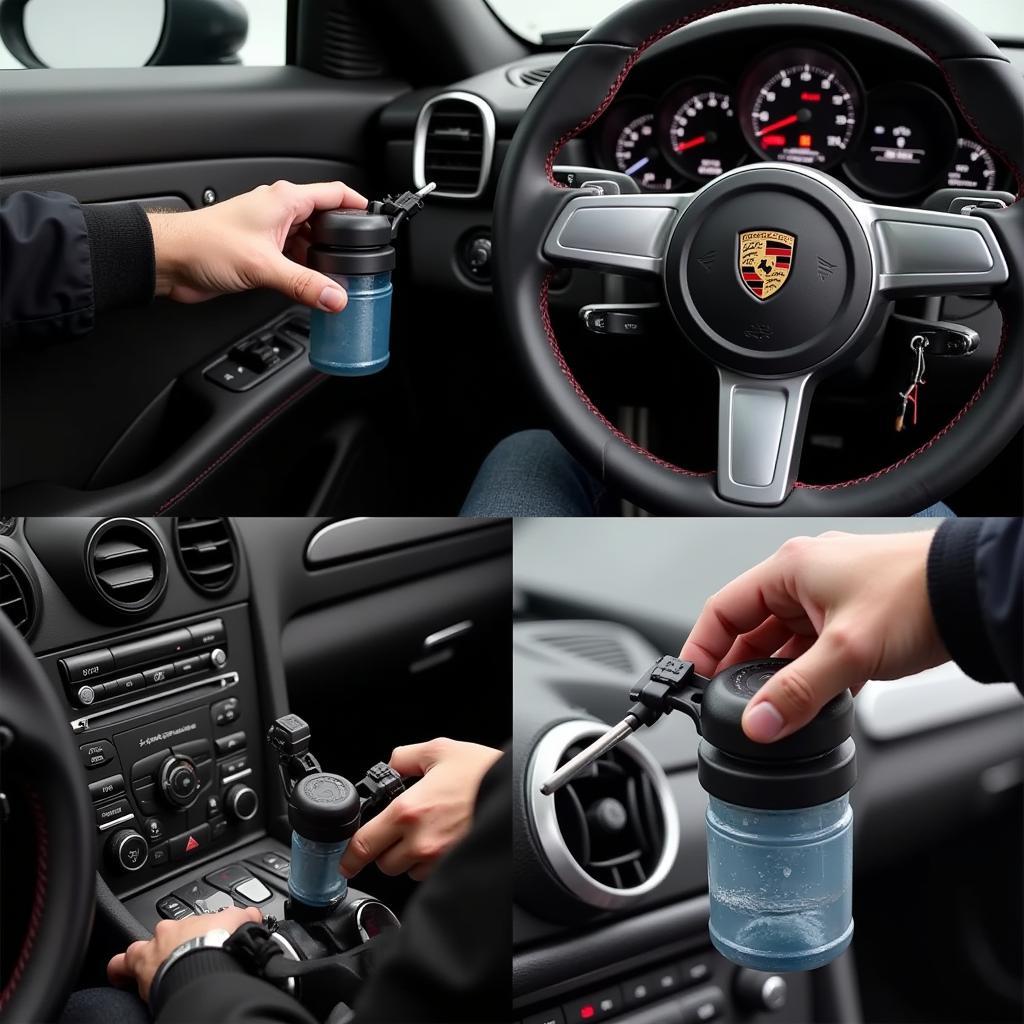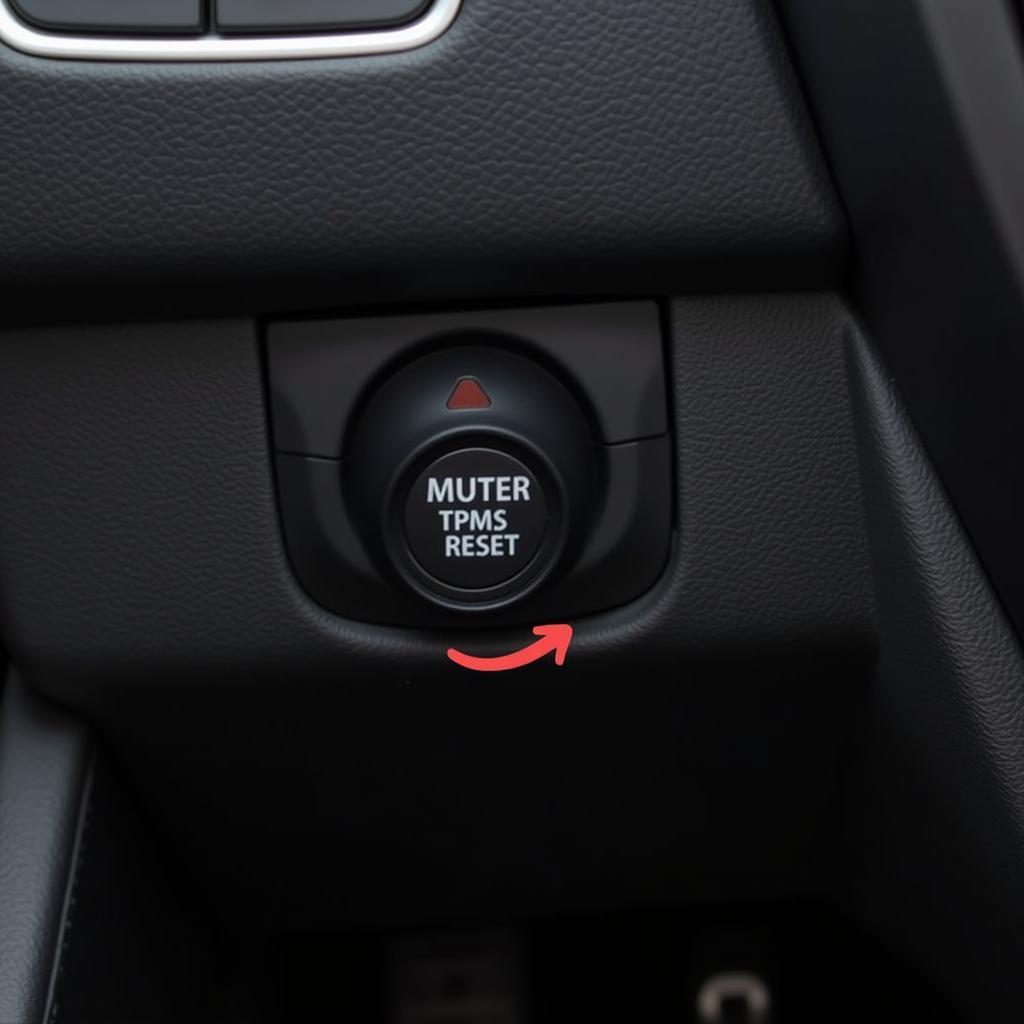The dreaded brake pad warning light flashing on your Mini Cooper dashboard can be a cause for concern. This light, often appearing as a yellow or red circle with the letters “BRAKE” or a brake pad icon, indicates potential issues with your braking system that need immediate attention. This article dives into the common causes of a Mini Cooper brake pad warning light, how to diagnose the problem, and potential solutions to get you back on the road safely.
Understanding Your Mini Cooper’s Brake Pad Warning Light
The brake pad warning light is a vital part of your Mini Cooper’s safety system, designed to alert you about:
- Worn Brake Pads: The most common reason for the light is worn-down brake pads. Brake pads have a wear indicator, usually a small metal tab, that makes contact with the brake rotor and triggers the warning light when the pad reaches a certain thinness.
- Low Brake Fluid: Low brake fluid can also activate the warning light. Brake fluid is essential for transmitting force from the brake pedal to the wheels, ensuring effective braking. A leak in the brake lines or a problem with the master cylinder can lead to low fluid levels.
- Faulty Brake Pad Sensor: Although less common, a malfunctioning brake pad wear sensor can also trigger the warning light, even if your brake pads are in good condition.
Diagnosing the Issue
Ignoring the brake pad warning light can jeopardize your safety and lead to costly repairs. Here’s how to diagnose the problem:
- Check Your Brake Pads: If you’re comfortable with basic car maintenance, visually inspect your brake pads through the spaces between the wheel spokes. Look for significant wear and tear. If the pad material is less than 1/4 inch thick, it’s time for a replacement.
- Inspect Brake Fluid Level: Locate the brake fluid reservoir under the hood (refer to your owner’s manual for the exact location). Check the fluid level. If it’s below the minimum mark, there might be a leak or another issue requiring professional attention.
- Consult a Professional: If you’re unsure about your diagnosis or uncomfortable handling brake system components, it’s always best to consult a qualified mechanic specializing in Mini Coopers. They have the expertise and tools to accurately diagnose and address the issue.
 Mechanic Inspecting Mini Cooper Brakes
Mechanic Inspecting Mini Cooper Brakes
Solutions and Repairs
The solution to your Mini Cooper’s brake pad warning light depends on the underlying cause:
- Brake Pad Replacement: Mini Cooper brake pad warning light reset usually involves replacing the worn brake pads. This is a standard maintenance procedure that should be performed by a qualified mechanic or, if you have the experience, can be done yourself.
- Brake Fluid Top Up or Flush: If low brake fluid is the culprit, topping up the fluid to the recommended level might be a temporary fix. However, a professional inspection is crucial to rule out any leaks or underlying problems.
- Brake Pad Sensor Replacement: If the brake pad sensor is faulty, it needs to be replaced. This relatively straightforward procedure can be done by a mechanic.
- Addressing Brake System Issues: More complex issues like brake line leaks, master cylinder problems, or ABS module malfunctions require immediate attention from a qualified mechanic specializing in Mini Coopers.
Why Choose a Mini Cooper Specialist?
While any competent mechanic can work on brakes, opting for a Mini Cooper specialist offers advantages:
- Expertise: They possess in-depth knowledge of Mini Cooper braking systems, including model-specific quirks and common issues.
- Specialized Tools and Software: They have access to the latest diagnostic tools and software specifically designed for Mini Coopers, enabling them to pinpoint and address problems efficiently.
- Genuine Parts: Reputable Mini Cooper specialists often use genuine Mini Cooper parts, ensuring optimal performance, compatibility, and longevity.
Resetting the Warning Light
Resetting Mini Cooper brake pad warning light after repairs can sometimes be done manually. However, using a specialized diagnostic tool is often necessary to reset the electronic system properly.
“Many modern Mini Coopers require specialized software to reset the brake pad warning light after repairs,” says Tim Miller, a master mechanic with over 15 years of experience working on European vehicles. “Attempting to reset the light without the proper tools or knowledge could lead to inaccurate readings and potential safety hazards.”
Preventing Future Issues
Here are some preventative measures to avoid future brake pad warning light issues:
- Regular Maintenance: Adhering to the manufacturer’s recommended maintenance schedule for brake inspections and fluid flushes is crucial.
- Driving Habits: Avoid aggressive driving habits like hard braking, which can accelerate brake pad wear.
- Quality Parts: Opting for high-quality brake pads and fluids from reputable brands ensures optimal performance and longevity.
Conclusion
Addressing the Mini Cooper brake pad warning light promptly ensures your safety and prevents further damage to your vehicle’s braking system. By understanding the common causes, knowing how to diagnose the problem, and seeking professional help when needed, you can confidently resolve the issue and get back to enjoying the spirited drive your Mini Cooper is known for.


